Same Day Shipping EMI & COD on most products
Trusted Partner Since 1969
GST B2B Billing  Help
Help  00919699976817
00919699976817
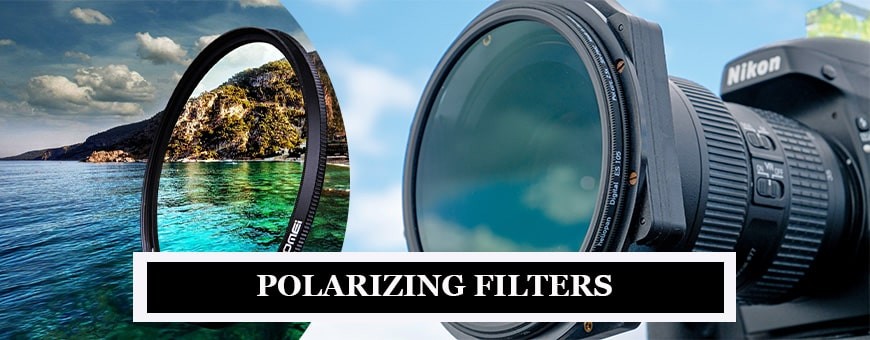
Showing 1–24 of 66 results
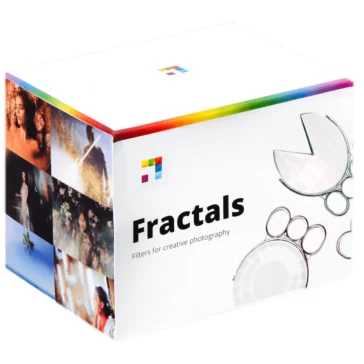
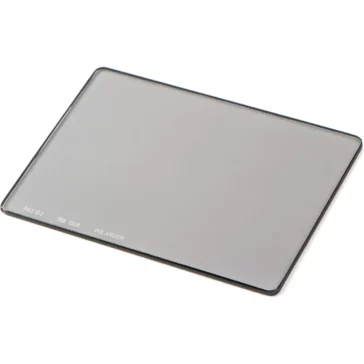
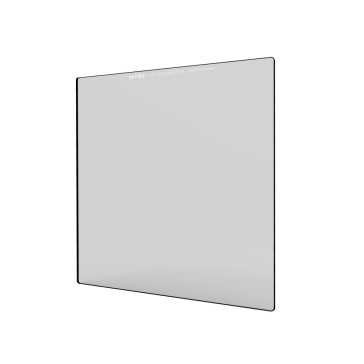
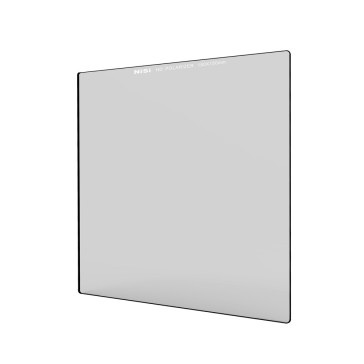
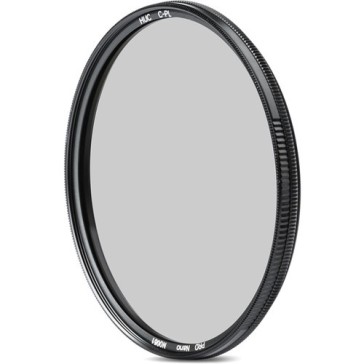
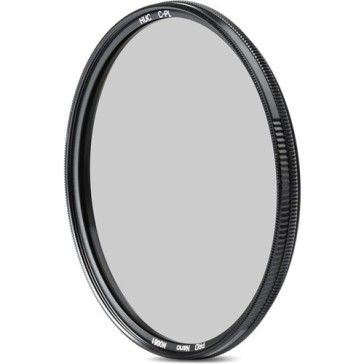
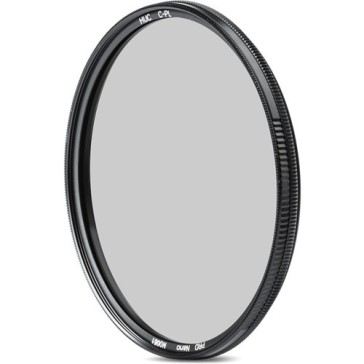
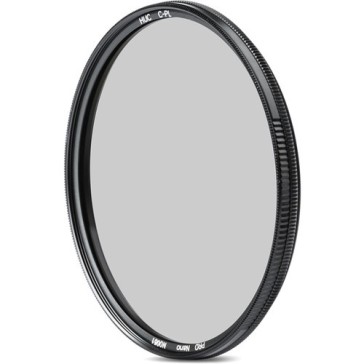
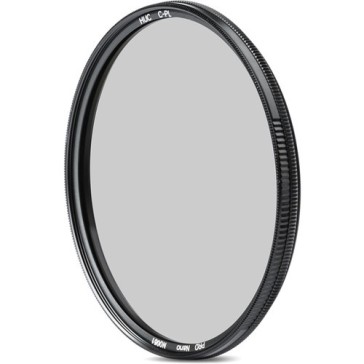
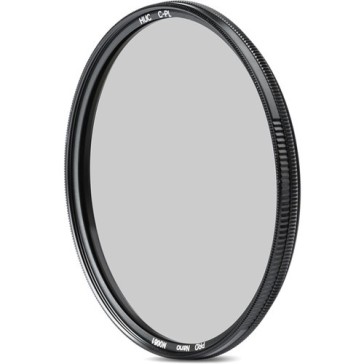
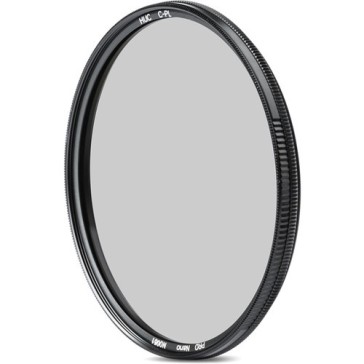
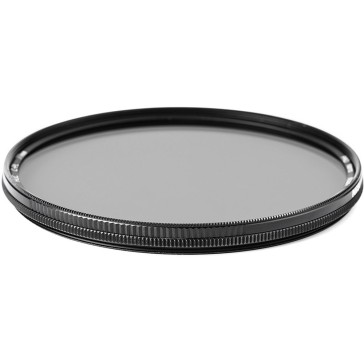
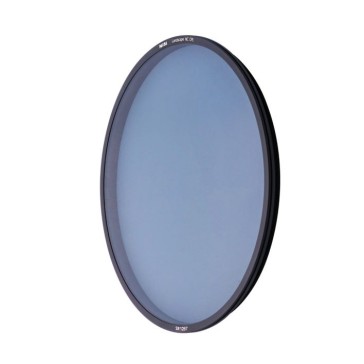
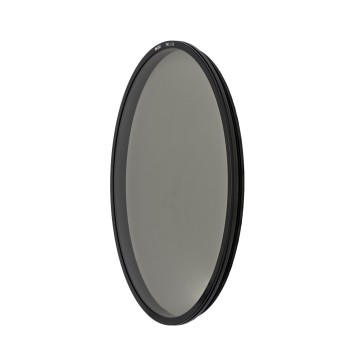
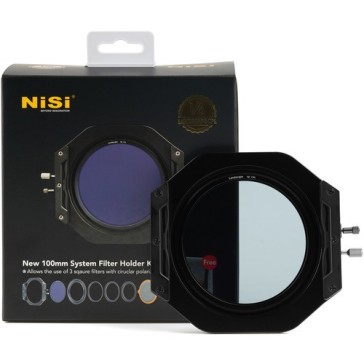
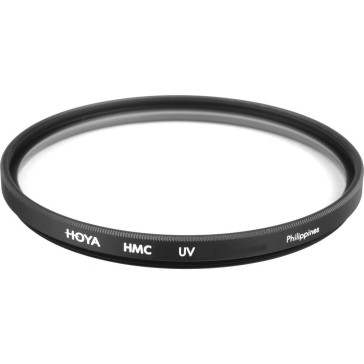
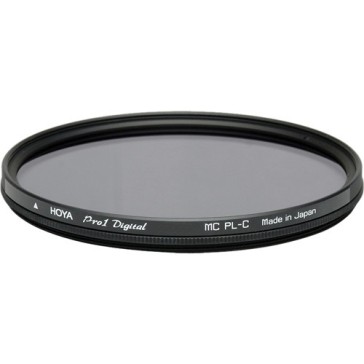
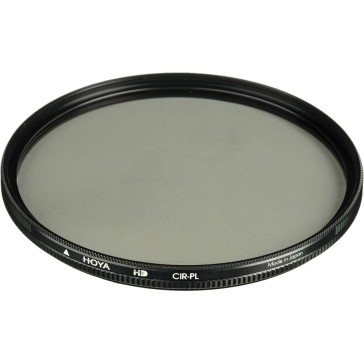

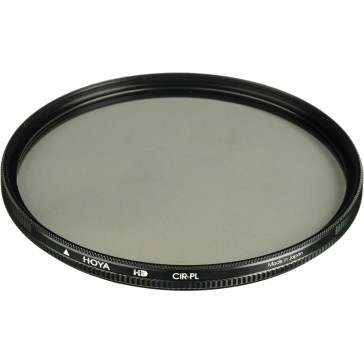
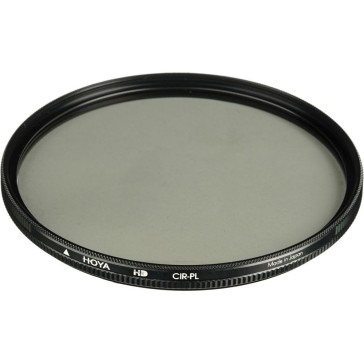
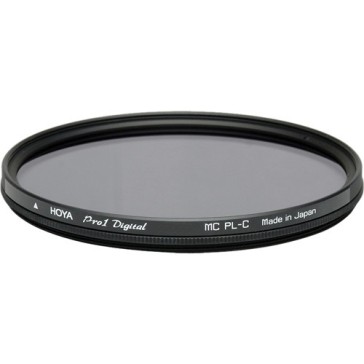
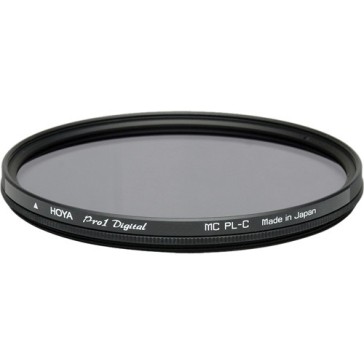
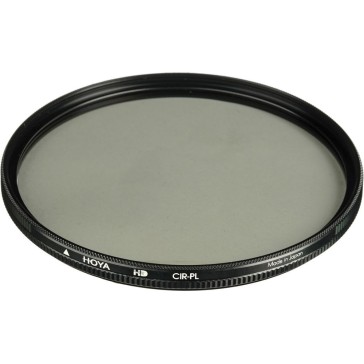
The world of photography is vast and multi-dimensional, with a myriad of tools at a photographer’s disposal to enhance their images. Among these, Photography Polarizing Filters have emerged as a pivotal accessory. They are known to dramatically transform ordinary shots into spectacular works of art. Here’s everything you need to know about these game-changing filters.
What are Photography Polarizing Filters?
Polarizing filters are specialized filters designed to selectively allow light waves of a particular orientation to pass through. When used in photography, these filters can greatly reduce reflections from non-metallic surfaces such as water and glass, increase the contrast in blue skies, and produce richer, more saturated colors.
Why Use a Polarizing Filter?
Enhanced Color Saturation: One of the primary benefits is the enhancement of colors. A polarizing filter can make the blue sky bluer, foliage greener, and reduce the haze.
Reduced Glare: Ever noticed the unwanted reflections when photographing water surfaces or glass windows? A polarizing filter can help mitigate this, allowing for a clearer and sharper image.
Increased Depth: They can add depth to images by darkening the sky, which in turn highlights the clouds, creating a dynamic and profound visual contrast.
Circular vs. Linear Polarizing Filters
There are two main types: circular polarizing filters (CPL) and linear polarizing filters. While both serve the primary purpose of polarizing light, they differ in their usage.
Circular Polarizing Filters: Commonly used in today’s digital cameras. They comprise two glass elements. The outer element rotates independently, allowing photographers to adjust the level of polarization.
Linear Polarizing Filters: Older and less common today. They polarize light linearly and can interfere with autofocus and light metering functionalities of modern DSLRs.
How to Use a Polarizing Filter Effectively
Using a polarizing filter is straightforward, but mastery requires practice. After attaching the filter to your lens, rotate it while looking through the viewfinder. As you turn the filter, you’ll notice changes in reflection and contrast. The trick is to adjust until you achieve the desired effect.
Important Note: The effects of a polarizing filter are most prominent at a 90-degree angle to the sun.
Caring for Your Polarizing Filter
To maintain the effectiveness and longevity of your filter:
Clean it regularly with a soft microfiber cloth.
Store it in its case to avoid scratches and damages.
Avoid touching the filter surface with fingers to prevent smudges and oil.
Conclusion
Photography Polarizing Filters are an indispensable tool in a photographer’s kit. They can transform images by reducing unwanted reflections, enhancing color saturation, and increasing depth. As with all photography tools, practice and experimentation are key to leveraging their full potential.
Polarizing filters are mainly used to reduce reflections from non-metallic surfaces, enhance color saturation, and add depth by increasing contrast, especially in blue skies.
While both types polarize light, circular polarizing filters are more suited for modern digital cameras as they don’t interfere with autofocus and light metering functionalities, unlike linear polarizing filters.
Absolutely. One of the major advantages of using a polarizing filter is its ability to increase contrast, especially in skies, making clouds pop against a deep blue backdrop.
Yes, the effects of a polarizing filter are most pronounced when used at a 90-degree angle to the sun. This angle helps achieve maximum polarization, enhancing the desired effects.



Most units are shipped same day using professional courier services with tracking.
We work round the clock to ensure you get the highest level of customer satisfaction.
Well packed, Sealed Units are shipped from our warehouse which are waterpoof & sturdy.
Design Info
GST: 27AYUPJ2628P1ZK
No.1, Saremals, Shastri Hall Building,
Nana Chowk, Grant Road West,
Mumbai 400007, Maharashtra, India
New Delhi Branch – South Ex 2, 110049
Also Ships DAILY from Brisbane, Dubai,
Berlin, Barcelona, Detroit & Vancouver.
Connect online / schedule a demo
Call/WhatsApp: +91-9699976817
Email: [email protected]
Live Chat: Business Hours
Follow Us: @designinfo.in
Copyright © 2014-2022 Design Info All Rights Reserved. Feedback on web experience
Since 1969